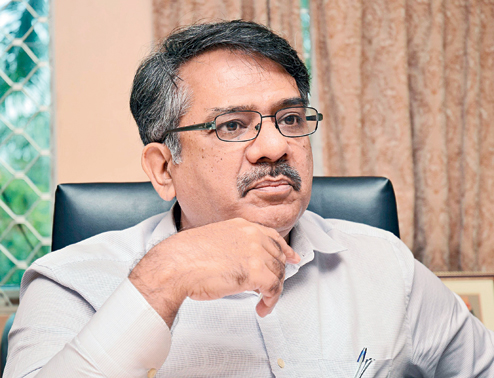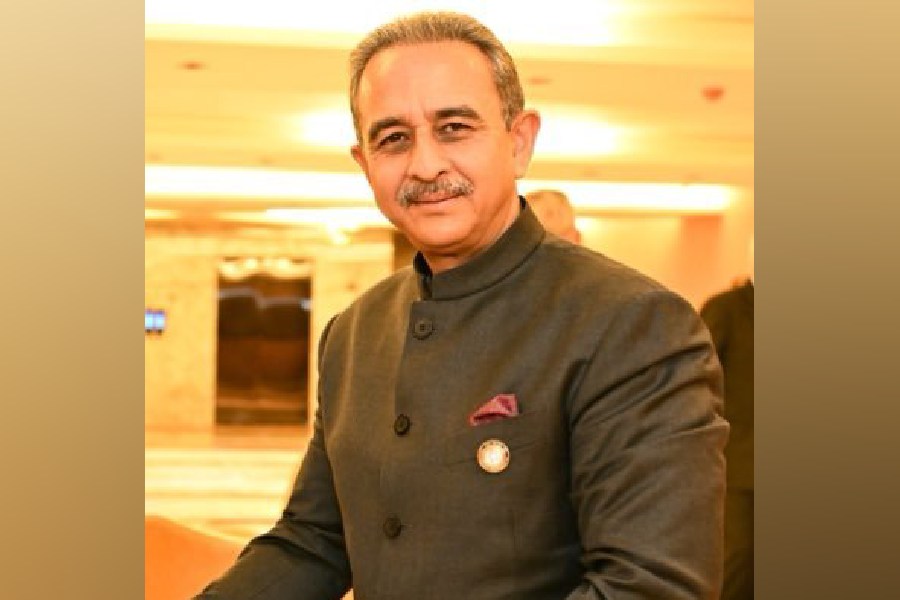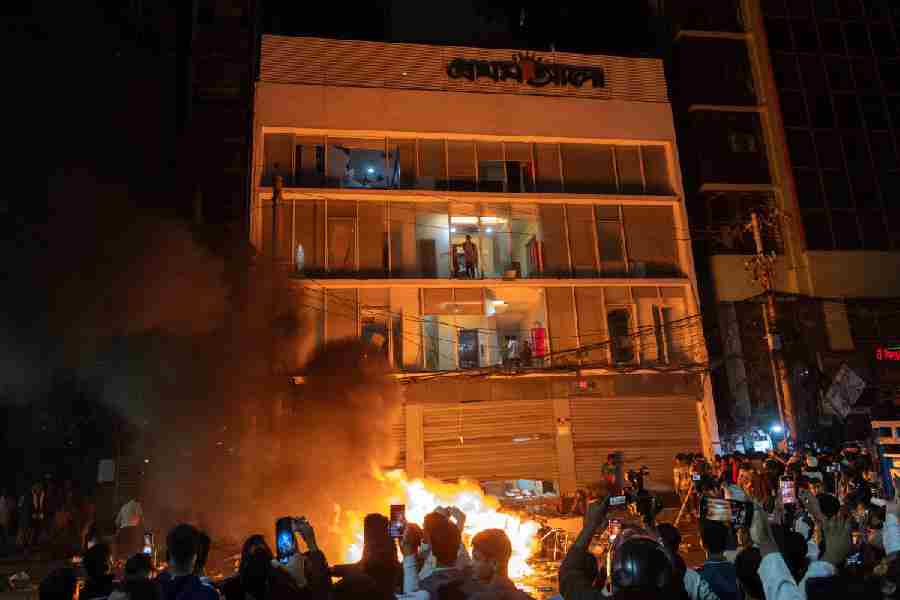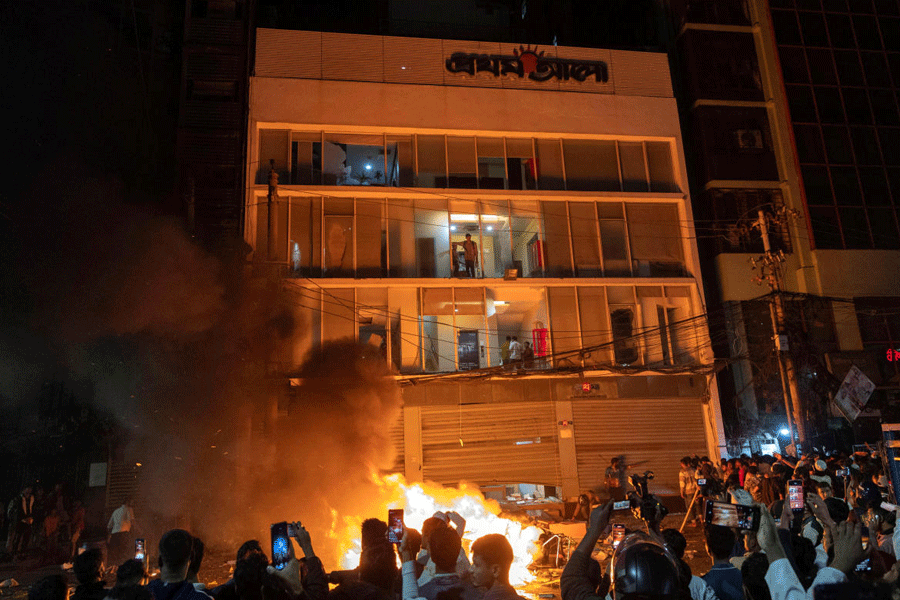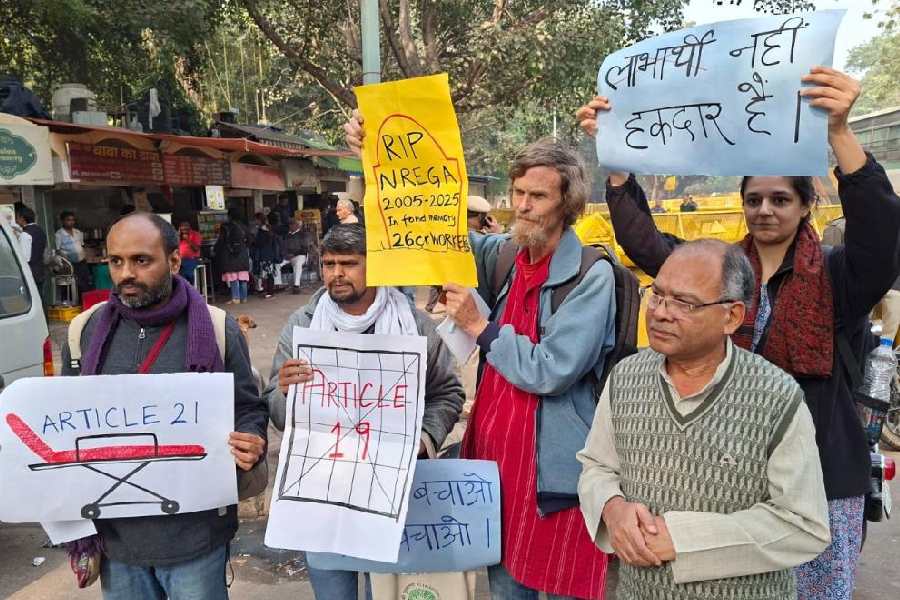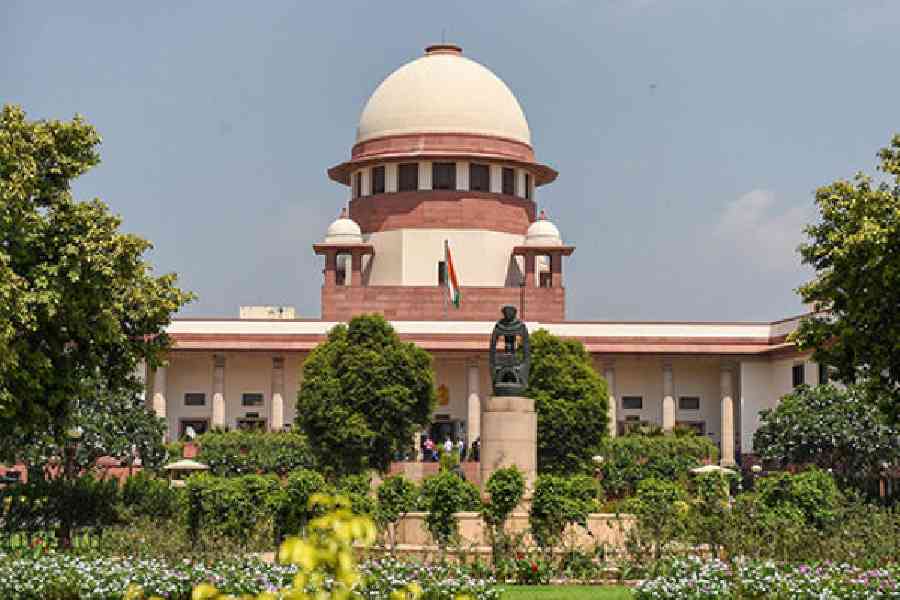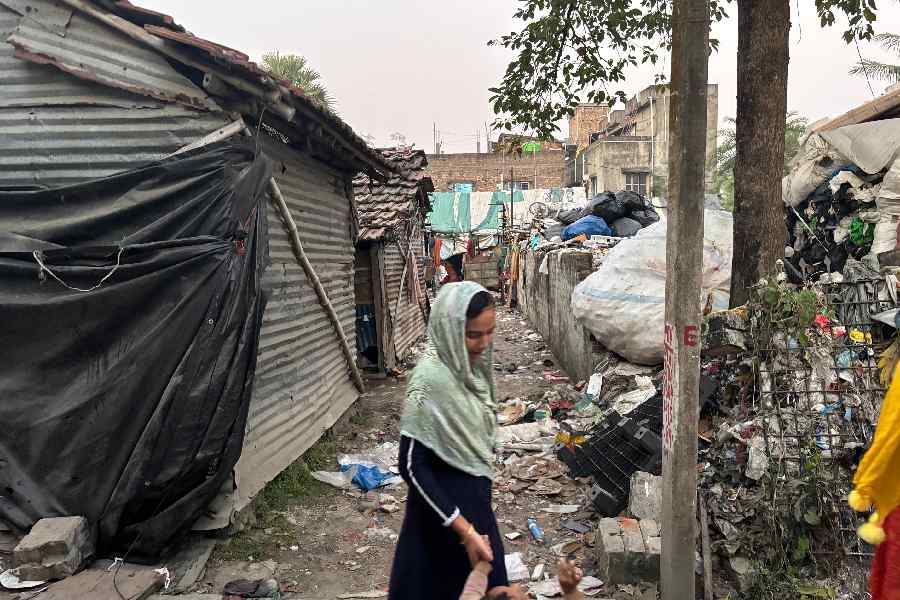Hot seat - BK Mishra,
director, IMMT, Bhubaneswar
 |
The Institute of Minerals and Materials Technology (formerly known as Regional Research Laboratory) seems to have failed to make any major impact. No one is even aware of its existence. Why?
(Pauses) We are not well known. This is the sad part. Though we are doing a lot of work, we have not been able to market ourselves. The Regional Research Laboratory was set up in 1964 with a specific purpose to cater to the needs of Odisha, which is endowed with vast mineral resources, a long coastline and other natural resources. Over the years, we have realised that its mandate to look after all the aspects of the resources is not properly reflected despite the fact that lot of research is going on in the areas of minerals and metallurgy. These research activities are required to be oriented towards proper utilisation of natural resources in a judicious way. Hence, the name was changed to give it an all India identity.
Being a research-based institute, what are the areas you are focusing on at the moment?
We are stressing on transferring the technology from the laboratories to the fields. Many projects have been initiated to this effect. At present, we are focusing on how to develop technology in the fields of minerals and materials, so that our precious minerals such as coal, bauxite and iron ores are not exhausted after certain years, and yet continue to meet the market demand. We also put emphasis on environmental impact and sustainability issues while developing the new technologies.
Can you be specific about the technologies the institute has developed that can benefit the common man as well as the industrial houses?
Recently, we developed a technology known as geopolymerisation to build roads in rural India. You must know that most of the roads are damaged by heavy rain. We are, therefore, producing a solid material using waste material, such as fly ash, dust produced by crushing of stones, red sandstones and other ingredients. It has already been experimented in a smaller way at Lanjigarh in Kalahandi. We are planning to transfer the technology to various non-governmental institutions and government agencies, so that it can be used in a bigger way.
Besides, the materials can also be used for building embankments, which will not breach easily. It will not be out of place to mention that using our technology, the Indian Metals and Ferro Alloys is producing one lakh bricks a day made out of fly ash. We have also introduced a technology to the Aditya Birla Group for producing tellurium from their waste products that is called anode mode.
This product is in demand for making solar panels, high quality glasses and other things. Earlier, India was importing it. This technology is going to be commercially launched shortly.
Odisha is endowed with vast deposits of minerals, including iron, bauxite and coal. Whether any research programme is being done in this sector?
At present, the way we are going ahead with mining of various minerals, including iron and bauxite, it will be exhausted sooner. Keeping this in mind, a programme has been launched to recover alumina from nephiline seynite, which is a rock available in all parts of the state. Similarly, in case of iron, we are working on how the red mud can be used for the purpose. We have also been successful in extracting uranium from phosphoric acid. In the coal sector, India is planning to produce 300 million tonnes of coal by 2025. Our opinion is something different — all good coal reserves should not be exhausted. We are emphasising on evolving the technology to put the lean grade and off grade coal (which is a waste) to maximum the utility.
What are you doing in the field of material science?
In the filed of materials, we are bringing new technologies. We are inventing new equipment to extract various minerals. We have developed a dynamic fluidised bed system for pelletisation of iron ore. A hydraulic jig, designed and fabricated for thermal coal, has been tested.
While the nation is focusing on transferring the technology from lab to land, what have you done for the farmers?
We are now working to develop an agro-fertiliser known as phosphate enriched organic manure (PROM) prepared from vermi-compost or compost and 30 per cent P2O5 rock phosphate. The Centre has allotted Rs 2 crore to take up the research work to this effect. We have identified some NGOs to transfer the technology for the farmers’ benefit. If successful, this product will be cheaper in cost compared to chemical fertiliser inputs and can substantially cut down the fertiliser subsidy burden.
You have the expertise in industrial waste management, pollution monitoring and control. What have you done so far in that field?
To produce one tonne of steel, we emit two tonnes of carbon dioxide into the atmosphere, which is harmful for the environment. So, we are focusing on an eco-friendly technology to produce steel without any emission of gaseous pollutant. We have the expertise, and we will pass the technology to Rastriya Ispat Nigam Limited. However, on the mining sector I can say that it should be done in a sustainable and environmental friendly manner. In the steel sector, there is a plan at the central government level to set up a national steel university in Odisha.
What will this proposed university do?
Many activities are going on in the state and in the country with focus on steel making. We do require people, who will have the expertise in this field. Whatever teaching will be imparted in the steel university, it will centre on the technology related to steel manufacturing and other related issues.
lYou must have noticed that private engineering colleges have mushroomed in the state. Will it be beneficial for the state?
Private engineering colleges play a role in building the nation. One cannot underestimate their contribution. In our times, there were a few government-run engineering colleges. Those, who failed to make it, would have a bleak future. However, efforts are to be made to impart quality education in the private engineering colleges.
We do not want to drag you into the controversy related to the upcoming IIM. But what is your suggestion? Where should it be located?
Today, the most important issue is to get right sort of faculty for the nationally reputed institutes. Once that problem is solved, the other issues such as building infrastructure can be sorted out. You see the issue is like a package. If a faculty member comes he will certainly look for other factors whether there is any scope for his wife to get an employment, whether his children will get better education and of course facilities such as health and so on. National institutions should be set up after considering these factors. Otherwise, establishing institutions here and there will only serve a political purpose.
Odisha is turning into an education hub with various national institutes. What does the state lack for creation of a scientific temperament?
The educational scenario has been changing fast in Odisha. There have been a lot of changes. The state will emerge as one of the academic hubs of the country. However, it needs few more years to create proper scientific temperament in the state. It has to be introduced from the childhood days. A mass awareness programme has to be launched. We are also taking steps in this regard and inviting high school students to our institutes time and again to educate them on various aspects.
What is the budget of your institute and is it adequate to take up the research work?
If we take all our resources, including finance, from the external sources, our budget will be around Rs 80 crore to Rs 90 crore. We are happy with this money to take up various research works at the laboratory level.
Scholar and manager
• Graduated in metallurgical engineering from National Institute of Technology, Rourkela, in 1981
• Obtained PhD from the University of Utah and continued his post-doctoral research there, later switched to IIT, Kanpur
• Moved to the Council of Scientific & Industrial Research as the director of the Institute of Minerals and Materials Technology in 2006
• Is credited to be the first one to have applied the discreet element method for solving the minerals engineering problem
• Has published more than 120 research-based papers
What would you have been, had you not been a teacher?
During my childhood, I had never thought of anything like this but kept on concentrating on my studies and playing games, especially cricket.
Perhaps, I would have been a sportsperson. But given an opportunity at this stage, I would love to be a journalist, particularly a reporter as it gives immense opportunity to interact with various sections of people. It also provides scope to acquire knowledge from various fields.

